Related Topics
We Are Circuit Break
Parker and Stephen celebrate episode 400 of the MacroFab Engineering Podcast and announce its relaunch as Circuit Break.
Don’t Worry About It
Right to Repair is going global and Stephen might have solved his injection molded component's void by tweaking the mold design.
Like Old Cheese
What separates good documentation from bad and which kind of application notes do you like? Also, Ancient Chinese Semiconductor 7-segment drivers!
Other Resources
Circuit Break Podcast
Webinars
Videos
Tour MacroFab's ITAR-Compliant Facility
September 9, 2016, Episode #32
- Stephen brewed a batch of beer over the last weekend with his new electric brewing setup. It is not complete yet but it does work. Stephen converted his brew kettle to include a 4500W heating element bought from Lowes. It runs on 220 volts. At full blast it pulls ~20A.
- The enclosure for Stephen’s brew rig is currently a USPS box (See Figures 1 and 2).
- Parker is working on an Audio Amp for Spooky Pinball. It is going to be based on the Gainclone. Instead of the LM3875, Parker is going to use the LM1875 as he does not need 56W per channel.
- For Tone control, Parker found these dirt cheap potentiometers on Ebay. Seem to work fine…
- EMC FASTPASS has a great article ever product engineer should read. PCB Cost Reduction and EMC – A Cautionary Tale. The article is about redesigning a product to lower its cost and the trials of the FCC/CE certification.
- Awesome click bait title from Hackaday. Top Ten Reasons Not To Buy A Fake MacBook Charger. Number Eight Will Shock You.
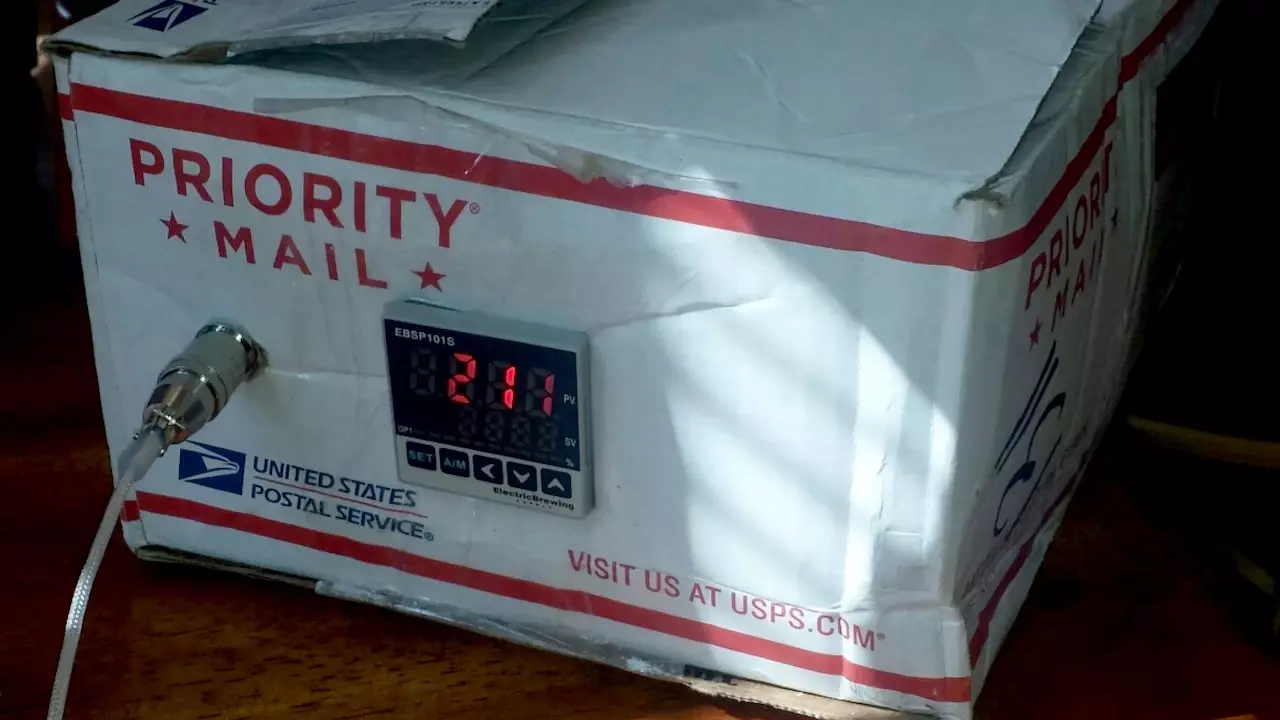
Figure 1: Stephen’s hacked together USPS PID controller. Looks professional with the RTD bulk head fitting.
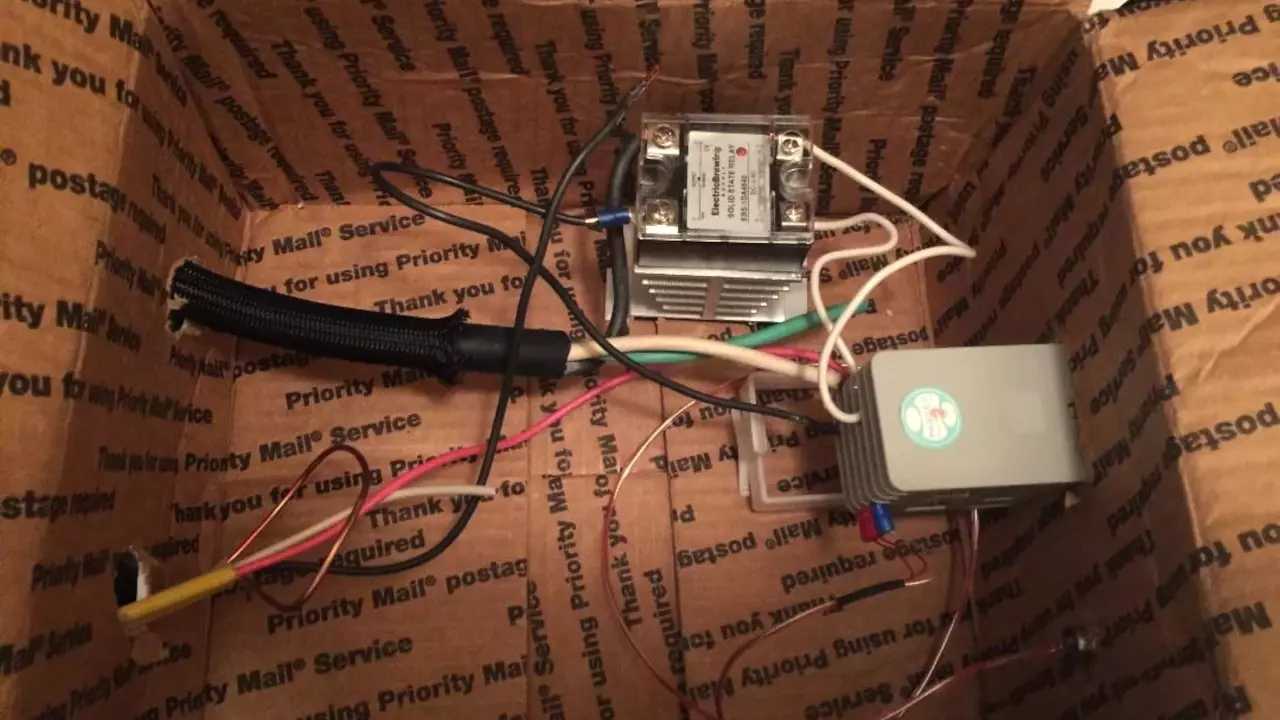
Figure 2: Inside the USPS PID controller. Looks like proper grounding to chassis right there. Don’t try this at home kids.
About the Hosts

Parker Dillmann
Parker is an Electrical Engineer with backgrounds in Embedded System Design and Digital Signal Processing. He got his start in 2005 by hacking Nintendo consoles into portable gaming units. The following year he designed and produced an Atari 2600 video mod to allow the Atari to display a crisp, RF fuzz free picture on newer TVs. Over a thousand Atari video mods where produced by Parker from 2006 to 2011 and the mod is still made by other enthusiasts in the Atari community.
In 2006, Parker enrolled at The University of Texas at Austin as a Petroleum Engineer. After realizing electronics was his passion he switched majors in 2007 to Electrical and Computer Engineering. Following his previous background in making the Atari 2600 video mod, Parker decided to take more board layout classes and circuit design classes. Other areas of study include robotics, microcontroller theory and design, FPGA development with VHDL and Verilog, and image and signal processing with DSPs. In 2010, Parker won a Ti sponsored Launchpad programming and design contest that was held by the IEEE CS chapter at the University. Parker graduated with a BS in Electrical and Computer Engineering in the Spring of 2012.
In the Summer of 2012, Parker was hired on as an Electrical Engineer at Dynamic Perception to design and prototype new electronic products. Here, Parker learned about full product development cycles and honed his board layout skills. Seeing the difficulties in managing operations and FCC/CE compliance testing, Parker thought there had to be a better way for small electronic companies to get their product out in customer's hands.
Parker also runs the blog, longhornengineer.com, where he posts his personal projects, technical guides, and appnotes about board layout design and components.

Stephen Kraig
Stephen Kraig is a component engineer working in the aerospace industry. He has applied his electrical engineering knowledge in a variety of contexts previously, including oil and gas, contract manufacturing, audio electronic repair, and synthesizer design. A graduate of Texas A&M, Stephen has lived his adult life in the Houston, TX, and Denver, CO, areas.
Stephen has never said no to a project. From building guitar amps (starting when he was 17) to designing and building his own CNC table to fine-tuning the mineral composition of the water he uses to brew beer, he thrives on testing, experimentation, and problem-solving. Tune into the podcast to learn more about the wacky stuff Stephen gets up to.
Special thanks to whixr over at Tymkrs for the intro and outro!
Related Podcasts
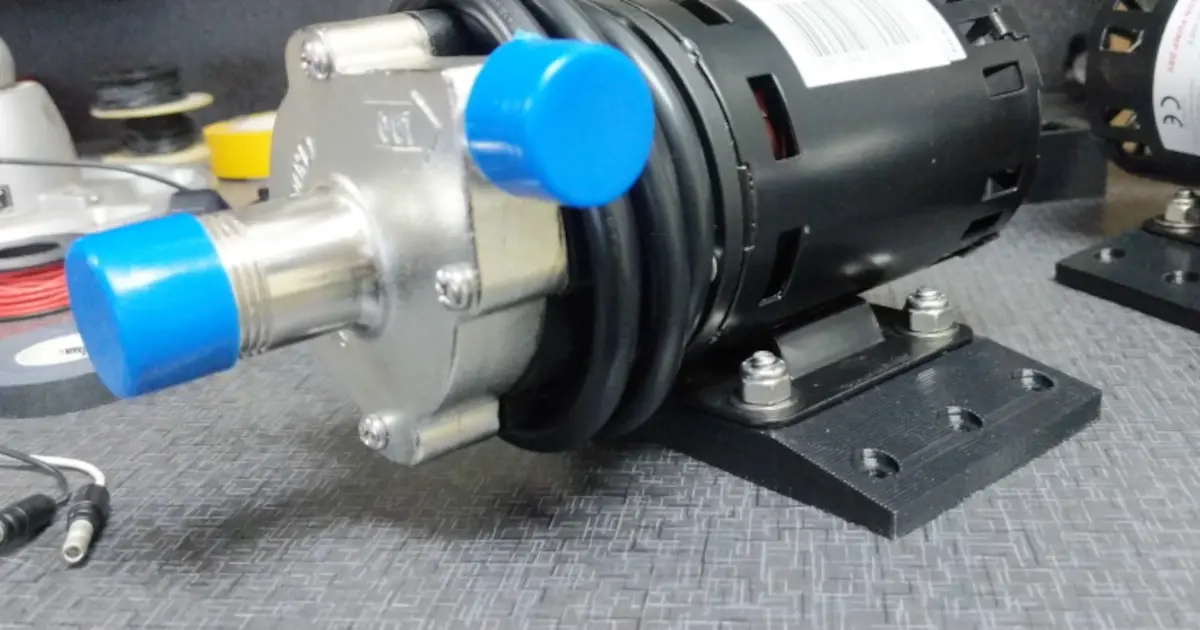
Like Old Cheese
What separates good documentation from bad and which kind of application notes do you like? Also, Ancient Chinese Semiconductor 7-segment drivers!
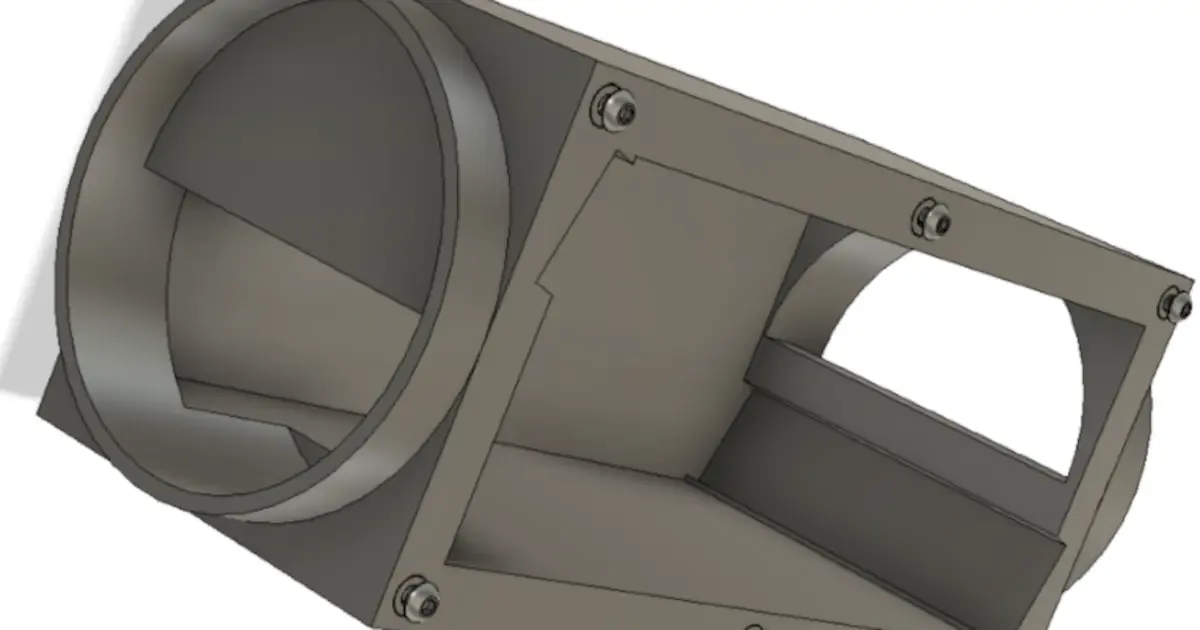
My CNC Will Melt In Your Mouth
Learning Autodesk Fusion, Braze it 420, and Stephen's CNC machine rise from its disassembled grave on this weeks episode of the podcast.

Don’t Worry About It
Right to Repair is going global and Stephen might have solved his injection molded component's void by tweaking the mold design.

We Are Circuit Break
Parker and Stephen celebrate episode 400 of the MacroFab Engineering Podcast and announce its relaunch as Circuit Break.

The Wheels Are Finally Off
How easy is it to make a retro gaming console? Stephen breaks down his design and build criteria that involves no custom PCBs.
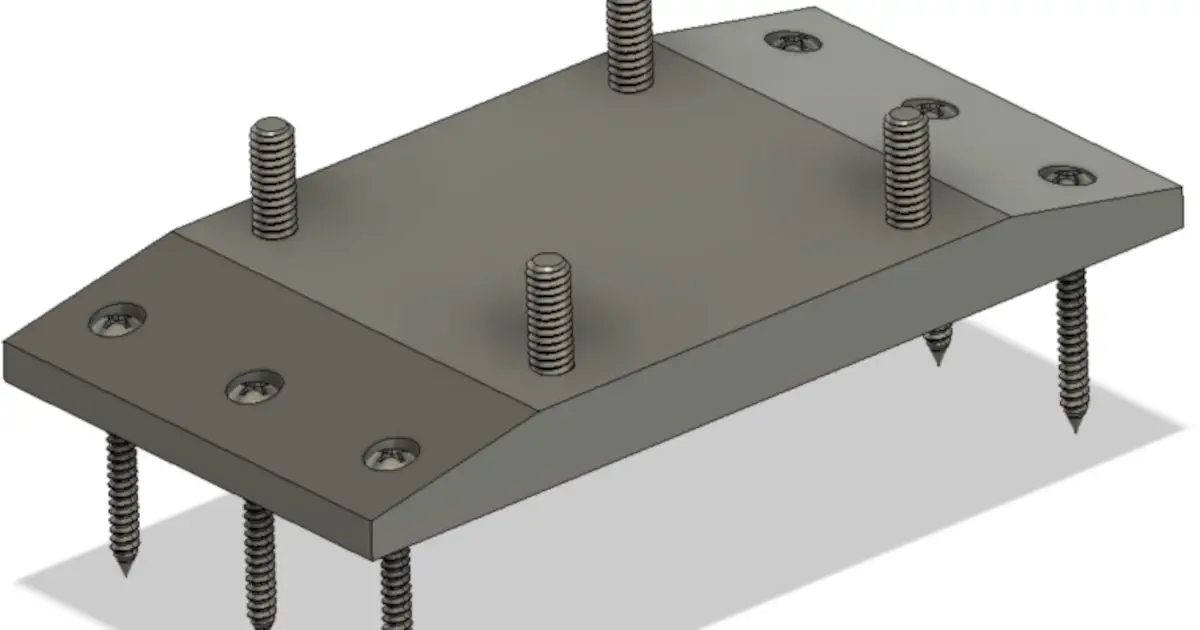
Just Another Meatloaf Title
Why are all Python PDF creator modules just terrible to work with? Does anyone have one they like? Help me. Oh and Stephen's CNC machine is moving!
About MacroFab
MacroFab offers comprehensive manufacturing solutions, from your smallest prototyping orders to your largest production needs. Our factory network locations are strategically located across North America, ensuring that we have the flexibility to provide capacity when and where you need it most.
Experience the future of EMS manufacturing with our state-of-the-art technology platform and cutting-edge digital supply chain solutions. At MacroFab, we ensure that your electronics are produced faster, more efficiently, and with fewer logistic problems than ever before.
Take advantage of AI-enabled sourcing opportunities and employ expert teams who are connected through a user-friendly technology platform. Discover how streamlined electronics manufacturing can benefit your business by contacting us today.